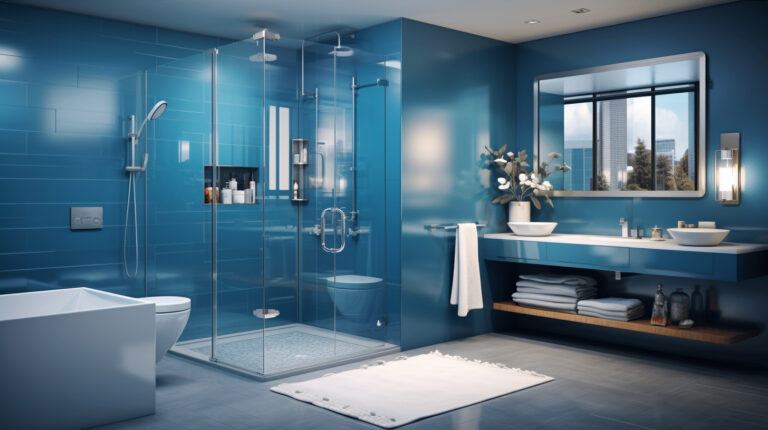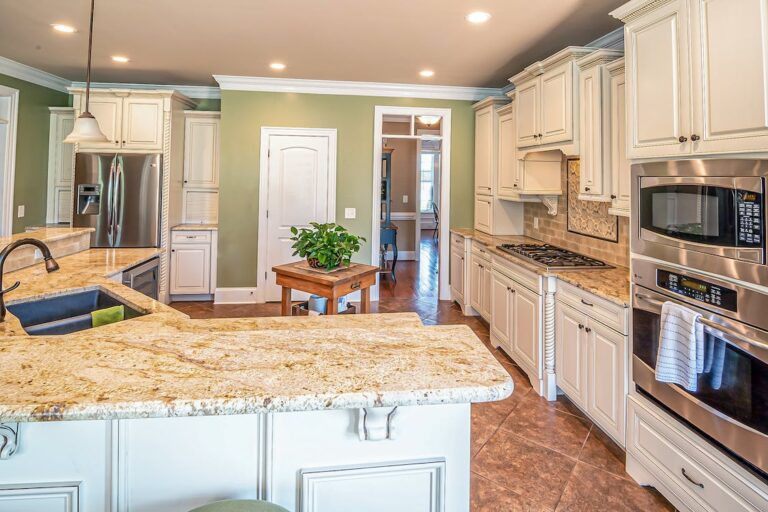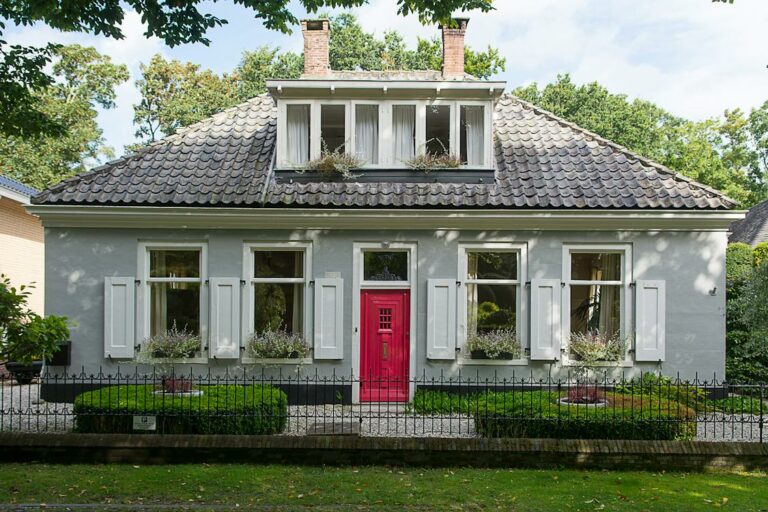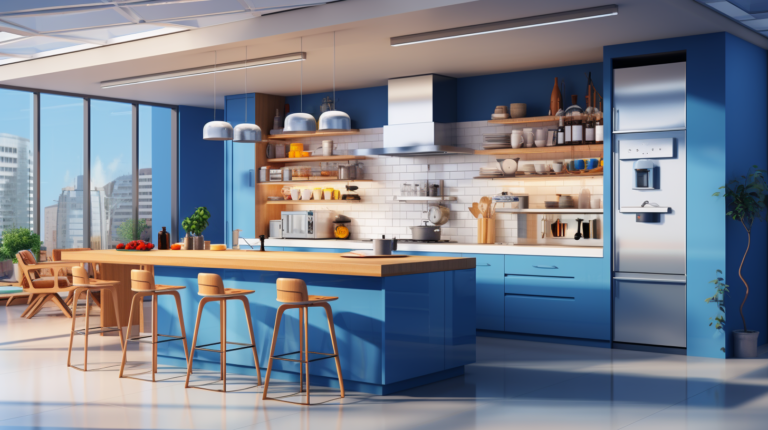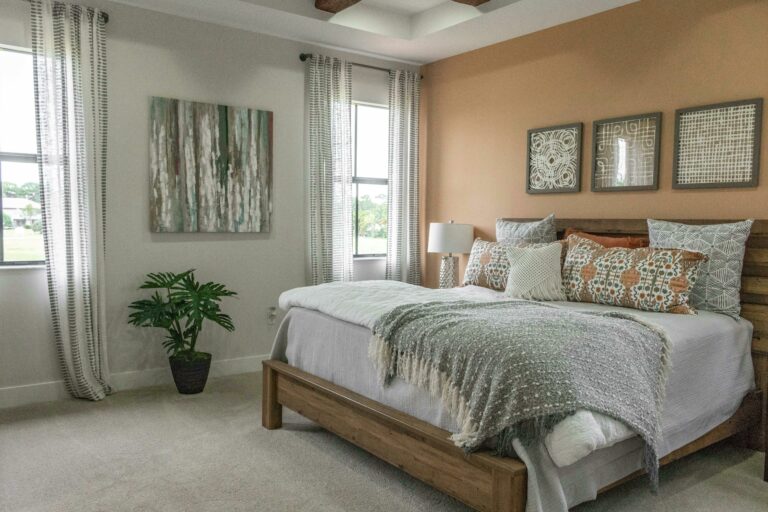Create a Unique Home : Get Inspired by Architectural Wonders
Are you looking to create a unique home and awe-inspiring home? Have you ever wondered how architectural wonders from around the world can influence the design of your space? If so, you’ve come to the right place! In this article, we will explore the fascinating world of architecture and how it can inspire you to transform your living space into something truly remarkable.
Architecture is more than just buildings and structures; it’s an art form that has the power to shape societies, evoke emotions, and leave a lasting impact. From ancient wonders like the Pyramids of Egypt to modern marvels like the Sydney Opera House, architectural masterpieces continue to captivate us with their beauty and innovation. By drawing inspiration from these iconic structures, you can infuse your home with their timeless charm and create a space that reflects your unique style and personality.
Throughout this article, we will delve into the historical background of architecture, exploring its profound influence on society. We will also take a closer look at some of the world’s most renowned architectural wonders and discover what makes them so extraordinary. Furthermore, we will provide practical tips and insights on how to incorporate architectural elements into your own home, whether you prefer ancient design elements or modern principles.
So, if you’re ready to embark on a journey of architectural inspiration and transform your living space into a personal masterpiece, let’s dive in!
Table of Contents
Create a Unique Home

Architecture is a form of art that goes beyond just creating buildings. It is a reflection of society, culture, and history. The influence of architecture can be seen in our everyday lives, from the houses we live in to the landmarks that define our cities. In this article, we will delve into the historical background of architecture and explore its impact on society.
Historical Background of Architecture
Architecture has a rich and diverse history that spans thousands of years. It has evolved alongside human civilization, adapting to the changing needs, beliefs, and technologies of different eras. Here are some key periods in architectural history:
- Ancient Architecture: Ancient civilizations like Egypt, Mesopotamia, and Greece laid the foundation for architectural principles that are still relevant today. The monumental structures of these civilizations, such as the Great Pyramids of Giza and the Parthenon, showcased the mastery of construction techniques and the artistry of the architects.
- Medieval Architecture: The medieval period saw the rise of Gothic architecture, characterized by soaring vaulted ceilings, pointed arches, and elaborate ornamentation. Cathedrals like Notre-Dame in Paris and Canterbury Cathedral in England are prime examples of this architectural style, which aimed to create awe-inspiring spaces to uplift the spirit.
- Renaissance Architecture: The Renaissance marked a shift towards humanism and a revival of classical architectural forms. Architects like Filippo Brunelleschi and Andrea Palladio embraced mathematical principles, symmetry, and proportion in their designs, inspired by the architecture of ancient Rome and Greece.
- Modern Architecture: The 20th century witnessed a departure from historical styles as architects began to experiment with new materials and construction techniques. Modernist architects like Frank Lloyd Wright and Le Corbusier pushed boundaries and embraced functionalism, simplicity, and the idea of “form follows function.”
Impact of Architecture on Society
Architecture has a profound impact on society, shaping our physical environment and influencing how we interact with it. Here are some ways in which architecture influences society:
- Sense of Place: Architecture creates a sense of place and identity. Iconic buildings and landmarks become symbols of a city or a nation, evoking pride and a sense of belonging. Think of the Eiffel Tower in Paris or the Taj Mahal in India, which have become synonymous with their respective locations.
- Functionality and Livability: Good architectural design considers the needs of its users. Buildings that are well-designed provide functional spaces that enhance productivity, comfort, and well-being. Architectural design principles like natural light, ventilation, and efficient space planning contribute to the livability of a space.
- Community Interaction: Public spaces and buildings play a vital role in fostering community interaction. Parks, libraries, and community centers provide gathering spaces for people to connect, socialize, and engage in activities. Well-designed urban environments with pedestrian-friendly streets and public plazas encourage social interaction and a sense of community.
- Sustainability: Architecture also has a significant impact on environmental sustainability. With the threat of climate change, architects are increasingly focused on designing energy-efficient buildings that minimize the ecological footprint. Green building practices, such as using renewable materials, implementing energy-efficient systems, and maximizing natural light, contribute to a more sustainable future.
In conclusion, architecture is more than just the design and construction of buildings. It is a powerful art form that shapes our cities, reflects our culture, and influences our daily lives. By understanding the historical background of architecture and recognizing its impact on society, we can appreciate the profound role it plays in shaping our built environment.
To explore further, click here for a comprehensive guide on architectural styles throughout history.
Architectural Wonders for Inspiration

Architectural wonders have the power to captivate and inspire us with their grandeur and ingenuity. These remarkable structures, often standing the test of time, are not only magnificent in their design but also hold significant historical and cultural value. Exploring these architectural marvels can provide valuable insights and inspiration for our own homes. In this article, we will delve into the unique features and designs of some of the world’s most famous architectural wonders and discuss how we can draw inspiration from them.
The Pyramids of Egypt
The Pyramids of Egypt are an awe-inspiring testament to the ancient civilization’s architectural brilliance. These monumental structures, built as tombs for pharaohs, showcase meticulous planning and engineering. The pyramid’s symmetrical shape and durable limestone construction have stood strong for millennia. Drawing inspiration from the Pyramids of Egypt, we can incorporate elements of grandeur, symmetry, and durability into our own home designs.
The Great Wall of China
Stretching over 13,000 miles, the Great Wall of China is an architectural wonder that has fascinated people for centuries. It is a testament to the skill and dedication of the ancient Chinese civilization. The wall’s remarkable engineering, which includes fortified sections and watchtowers, demonstrates the importance of security and protection in design. Incorporating elements of strength, fortification, and carefully planned layouts can enhance the security and functionality of our own homes.
The Parthenon: Greece
The Parthenon, located in Athens, Greece, is a masterpiece of classical architecture. This ancient temple, dedicated to the goddess Athena, showcases the mastery of ancient Greek architects. The Parthenon’s iconic columns, harmonious proportions, and intricate sculptural details exemplify the beauty and grace of classical design. Taking cues from the Parthenon, we can incorporate timeless elegance, balanced proportions, and refined detailing into our own homes.
The Colosseum: Rome
The Colosseum, a symbol of ancient Rome’s architectural prowess and entertainment culture, is an engineering marvel. This amphitheater, with its grand scale and intricate network of arches, demonstrates the Roman civilization’s mastery of structural engineering. Drawing inspiration from the Colosseum, we can create open and versatile spaces that maximize functionality and create a sense of grandeur in our homes.
The Louvre: France
The Louvre in France is not only a world-renowned art museum but also a masterpiece of architectural design. Its iconic glass pyramid, designed by I.M. Pei, is a modern addition that complements the historic palace. The blend of old and new in the Louvre’s architecture teaches us the value of combining tradition with innovation. Incorporating elements of contemporary design alongside traditional elements can create a harmonious and visually striking home.
The Sydney Opera House: Australia
The Sydney Opera House, an architectural gem in Australia, is a true icon of modern design. Its distinctive sail-like structure, designed by Jørn Utzon, has become synonymous with the city’s identity. The Sydney Opera House’s innovative design and use of concrete shells showcase the boundless possibilities of architectural imagination. Taking inspiration from the Sydney Opera House, we can explore imaginative and unique designs that push the boundaries of traditional aesthetics in our own homes.
By exploring the design and unique features of these architectural wonders, we can gain valuable insights and inspiration for our own homes. Whether it’s incorporating elements of grandeur, harmony, strength, elegance, innovation, or a blend of old and new, these architectural wonders can guide us in creating spaces that are not only visually appealing but also functional and timeless. Let’s embark on this inspiring journey of architectural exploration together.
Unique Architectural Elements into Your Home
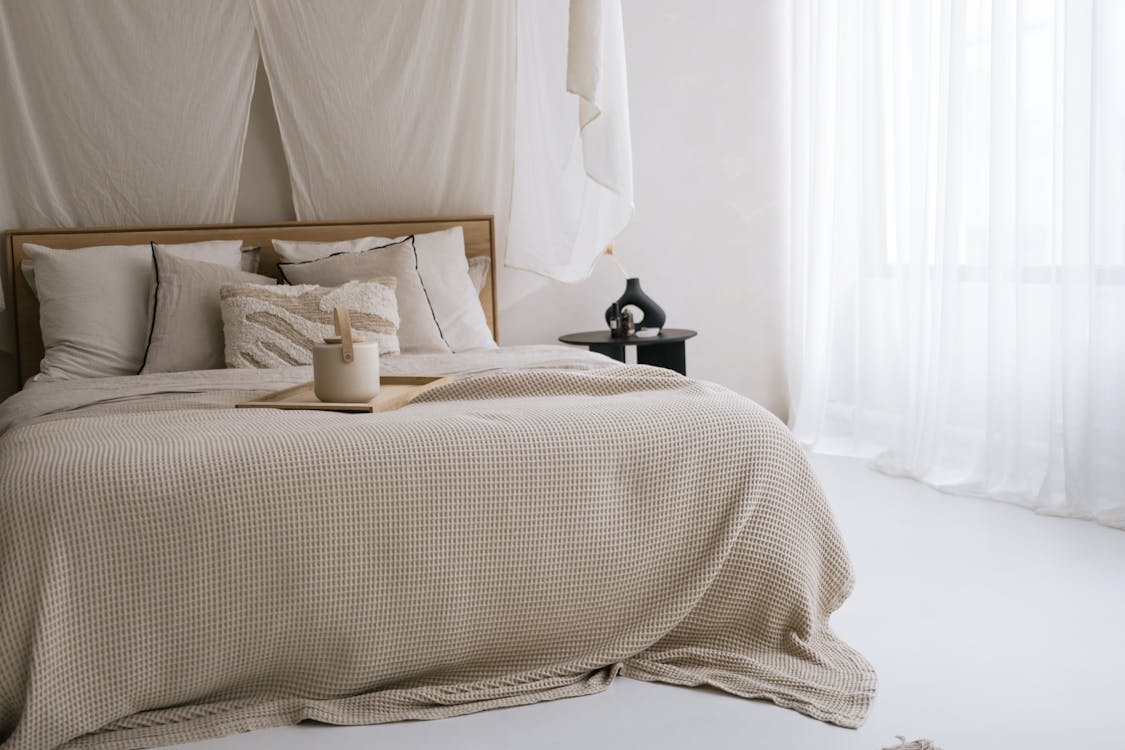
When it comes to designing and decorating your home, one way to create a unique and captivating space is by incorporating architectural elements into your home. These elements can add depth, character, and a sense of history to your home. Whether you prefer ancient design elements or modern design principles, there are endless possibilities for incorporating architectural features into your living space.
Incorporating Ancient Design Elements
Ancient design elements have a timeless appeal that can bring a sense of grandeur and elegance to your home.
Consider incorporating the following architectural elements into your home:
- Columns: Add a touch of Greek or Roman influence with columns in your entryway, living room, or dining area. They can create a sense of strength and sophistication.
- Archways: Create a sense of drama and intrigue with archways reminiscent of ancient Roman or Moorish architecture. Use them to define spaces or as transitions between rooms.
- Mosaics: Channel the exquisite beauty of Byzantine or Islamic architecture by incorporating mosaic patterns on floors, walls, or even as a focal point in a bathroom or kitchen backsplash.
By integrating these ancient design elements into your home, you can create a space that evokes a sense of timelessness and elegance.
Incorporating Modern Design Principles
If you prefer a more contemporary and sleek look, incorporating modern architectural elements into your home is the way to go. Consider the following ideas:
- Clean lines: Opt for straight, clean lines in your furniture, fixtures, and architectural details. This minimalistic approach can give your home a modern and sophisticated feel.
- Large windows: Embrace natural light and connect with the outdoors by installing larger windows or even floor-to-ceiling glass walls. This will create a sense of openness and blur the lines between indoor and outdoor spaces.
- Open floor plan: Create a sense of spaciousness by opening up your living space with an open floor plan. This design principle allows for better flow and interaction between different areas of your home.
By incorporating modern architectural elements into your home, you can achieve a contemporary look that is both functional and visually striking.
Also Read : Sustainable Minimalism Home: Eco-friendly Choices for First-time Homeowners in 2024
Balance of Function and Aesthetics

When incorporating architectural elements into your home, it’s important to strike a balance between function and aesthetics. While these elements can significantly enhance the visual appeal of your living space, they should also serve a practical purpose. Consider the following tips:
- Consider the purpose: Make sure the architectural elements you choose align with the purpose of the space. For example, if you’re designing a home office, consider incorporating built-in shelves or a custom-designed desk for added functionality.
- Scale it appropriately: Ensure that the scale of the architectural element is suitable for the room. Oversized or undersized elements can throw off the balance and make the space feel awkward.
- Think long-term: When incorporating architectural elements into your home, consider how they will age over time. Choose materials and designs that will stand the test of time and continue to complement your home’s overall aesthetic in the years to come.
By finding the perfect balance between function and aesthetics, you can create a space that is not only visually appealing but also practical and livable.
Using Materials that Echo Architectural Wonders
To create an immersive experience that truly embraces architectural elements into your home, consider using materials that echo famous architectural wonders.
Here are a few examples:
- Stone: Incorporate natural stone, such as marble or travertine, to emulate the grandeur and elegance of ancient Roman architecture.
- Wood: Opt for rich, dark wood finishes reminiscent of traditional Japanese architecture to create a tranquil and zen-like atmosphere.
- Metal: Embrace the industrial aesthetic with exposed steel beams, metal accents, or even a copper-clad fireplace reminiscent of modern architectural marvels.
By using materials that echo architectural wonders, you can transport yourself to different eras and cultures within the comfort of your own home.
Incorporating architectural elements into your home allows you to create a space that is unique, captivating, and reflects your personal style. Whether you choose ancient design elements or modern design principles, striking a balance between function and aesthetics is key. By using materials that echo architectural wonders, you can create an immersive experience that connects you to different eras and cultures. So why wait? Start exploring the endless possibilities of architectural elements and transform your home into a work of art.
Choosing Your Home Decor Style

Are you tired of your current home decor and ready for a fresh new look? Or maybe you’re moving into a new place and want to find a style that truly reflects your personality. Whatever the case may be, exploring and choosing your home decor style can be an exciting journey of self-expression and creativity.
In this article, we’ll guide you through the process of discovering your preferred architectural style, harmonizing your home with your chosen style, and choosing furniture that complements your unique taste. So, let’s dive in and create a space that you’ll love coming home to.
Identifying Your Preferred Architectural Style
Your home’s architectural style provides the foundation for your decor choices. It sets the tone and creates a cohesive look throughout your space. Take some time to explore different architectural styles and find the one that resonates with you the most. Here are some popular styles to consider:
- Modern: Emphasizing clean lines, minimalism, and sleek materials, modern architecture is perfect for those who appreciate simplicity and a contemporary aesthetic.
- Victorian: With its ornate details, grandeur, and historical charm, Victorian architecture brings a touch of romance and elegance to any home.
- Farmhouse: Rustic, warm, and inviting, farmhouse style is characterized by natural materials, vintage accents, and a cozy atmosphere.
- Mid-Century Modern: Inspired by the design movements of the 1940s to 1960s, mid-century modern style showcases retro vibes, organic shapes, and a mix of traditional and futuristic elements.
Remember, you don’t have to strictly adhere to one architectural style. Mixing and matching different styles can create a truly unique and personalized look for your home. It’s all about finding what resonates with you and makes you feel at ease in your environment.
Harmonizing Your Home With Your Chosen Style
Once you’ve identified your preferred architectural style, it’s time to bring it to life throughout your home. To achieve a harmonious look, consider the following tips:
- Color Palette: Choose a color scheme that complements your chosen style. For example, if you’re going for a modern look, opt for neutral tones like white, gray, and black. If you prefer a farmhouse vibe, earthy tones such as beige, cream, and warm browns will work well.
- Materials and Textures: Select materials and textures that align with your architectural style. If you’re aiming for a mid-century modern feel, incorporate materials like wood, glass, and metal. For a Victorian-inspired space, go for ornate fabrics, velvet, and rich textures.
- Accents and Accessories: Add the finishing touches to your decor with carefully chosen accents and accessories. Decorative items such as artwork, vases, and rugs can enhance the overall aesthetic and tie your design together.
Remember, creating a harmonious home is about finding balance. Consider the proportions, placement, and flow of your furniture and decor to ensure a visually pleasing and functional space.
Choosing Furniture to Complement Your Style
Once you have a clear vision of your architectural style and have harmonized it throughout your space, it’s time to choose furniture that complements your style. Here are some tips to guide you:
- Shape and Silhouette: Look for furniture pieces with shapes and silhouettes that align with your chosen style. For example, if you’re going for a mid-century modern look, opt for furniture with clean lines and organic shapes.
- Materials and Finishes: Consider the materials and finishes of your furniture. For a farmhouse style, look for furniture made of natural materials such as wood or wicker. If you’re aiming for a modern aesthetic, go for furniture with sleek finishes like stainless steel or polished concrete.
- Functionality: While style is important, don’t forget about functionality. Ensure that your furniture meets your everyday needs and provides comfort and practicality.
Remember, your furniture should not only look good but also serve a purpose and fit seamlessly within your space. Prioritize quality and longevity when making furniture choices to create a home that stands the test of time.
By exploring different architectural styles, harmonizing your space, and choosing furniture that complements your style, you’ll be well on your way to creating a home that truly reflects who you are. So, let your creativity flow and enjoy the process of designing your dream space. Happy decorating!
Did you know?
The psychology of interior design suggests that our surroundings can greatly impact our mood and overall well-being. By creating a home decor style that resonates with you, you’re not only expressing your personal taste but also creating a sanctuary that brings you joy and contentment. So, invest time and effort into finding the perfect style for your space.
Conclusion
In conclusion, exploring architectural wonders from around the world can be a great source of inspiration for creating a unique and visually stunning home. By understanding the historical background and societal impact of architecture, you can gain a deeper appreciation for the art form and its influence on our surroundings.
Incorporating architectural elements into your home, whether ancient or modern, can add a touch of elegance and sophistication. Striking a balance between function and aesthetics is key, as is choosing materials that echo the beauty of architectural wonders.
Furthermore, identifying your preferred architectural style and harmonizing your home decor accordingly can help create a cohesive and inviting space. Selecting furniture that complements your chosen style adds the finishing touch to your personalized sanctuary.
At Arkitecture Today, we believe that your home should reflect your unique style and personality. That’s why we provide a daily dose of inspiration, ideas, and resources for architecture, interior design, and home decor. Visit our website for more information and start creating the home of your dreams.
Frequently Asked Questions
- Why should I create a unique home?Creating a unique home allows you to express your individuality and personal style. It gives you the freedom to design a space that reflects your personality, interests, and lifestyle.
- How can architectural wonders inspire my home design?Architectural wonders often showcase innovative design concepts, exceptional craftsmanship, and breathtaking aesthetics. By studying and drawing inspiration from these architectural marvels, you can incorporate unique elements and ideas into your own home design.
- Where can I find inspiration for unique home design?You can find inspiration for unique home design from various sources such as architectural websites, design magazines, social media platforms like Instagram and Pinterest, visiting art galleries, and attending home design exhibitions or trade shows.
- What are some key elements to consider for a unique home design?Some key elements to consider for a unique home design include the use of unconventional materials, incorporation of unique architectural features, creative lighting solutions, innovative use of space, and thoughtful attention to details.
- Do I need to hire an architect for my unique home design?Hiring an architect can be beneficial if you have complex design requirements or structural modifications. However, if you have a clear vision and are knowledgeable about home design principles, you can also explore DIY options or work with an interior designer.


